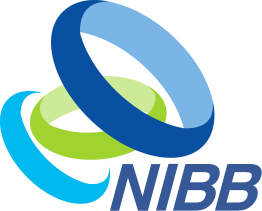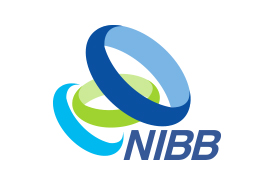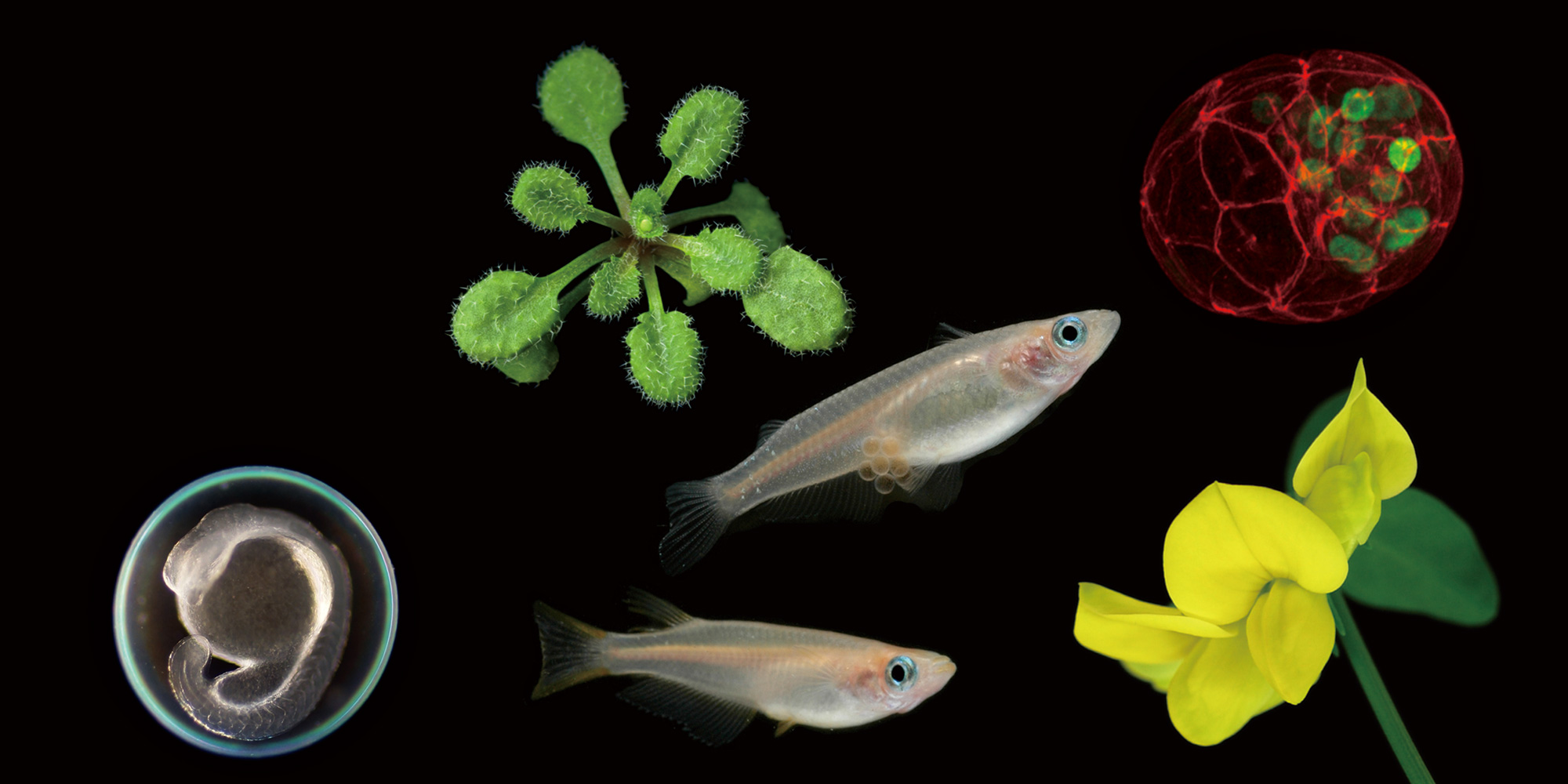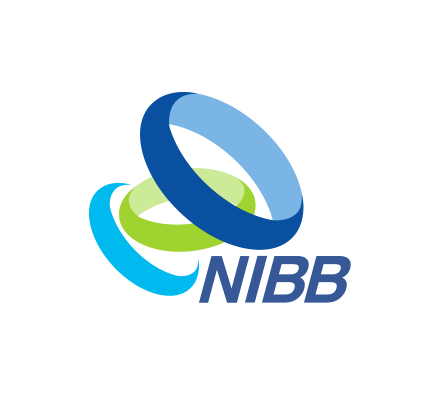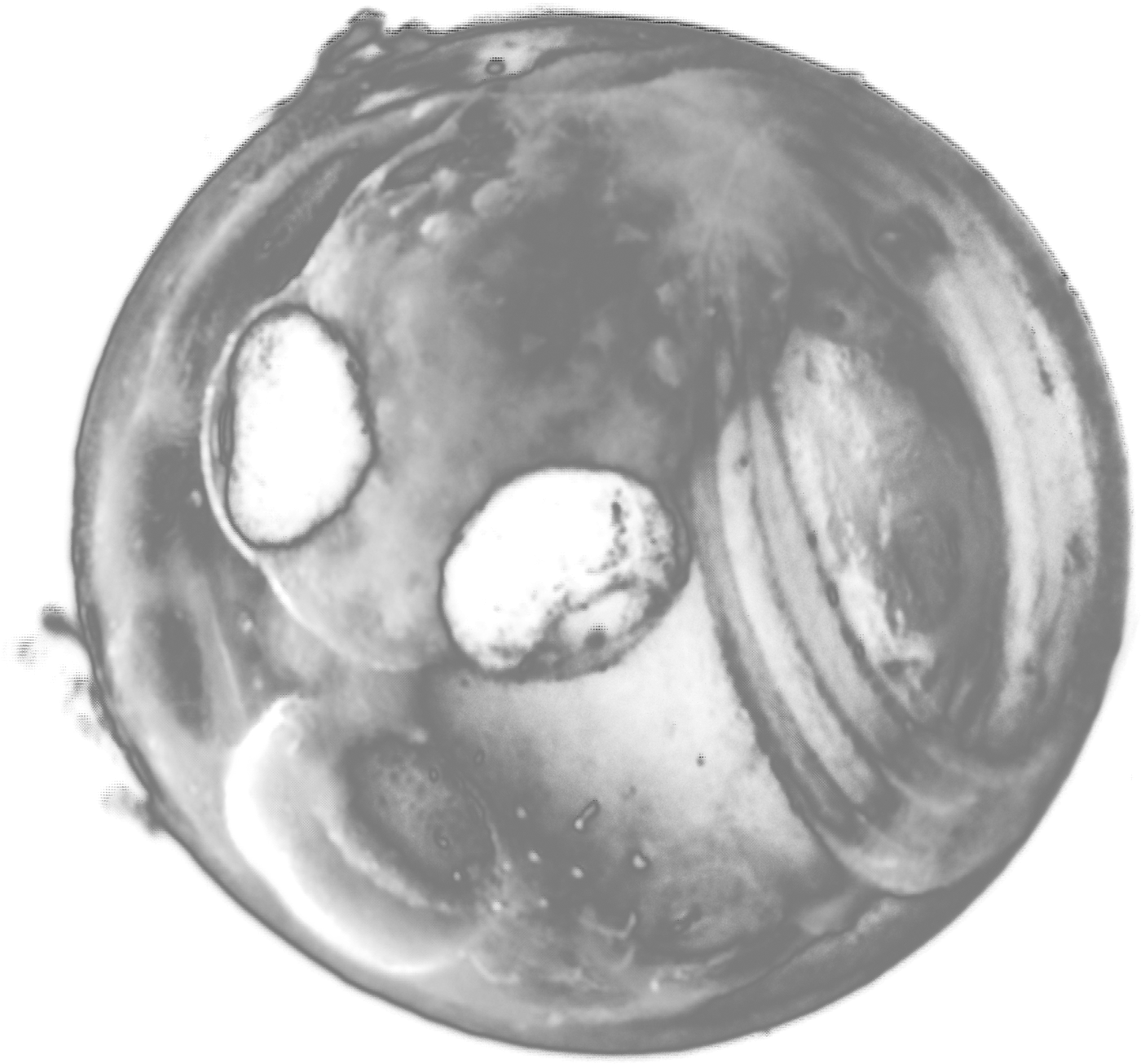2014.05.26 部門公開セミナー
Genomics approaches (ChIP-seq and RNA-seq) to Xenopus early development focusing on the Spemann-Mangold organizer
安岡 有理 (Marine Genomics Unit, Okinawa Institutes of Science and Technology (OIST))
2014年05月26日(月) 14:30 より 15:30 まで
明大寺地区1階 会議室 (111)
分子発生学研究部門 三井 優輔 (5243)
During amphibian embryogenesis, the Spemann-Mangold organizer initiates gastrulation movement and establishes basic body plans. The organizer consists of two different regions - head and trunk organizers, which effect anteroposterior patterning of the neuroectoderm. The transcriptional regulatory networks underlying the Xenopus organizer have been studied extensively, but the genomic overview is still unclear.
Head specification by the head-selector gene, orthodenticle (otx) is highly conserved among bilaterian lineages. However, the molecular mechanisms by which Otx and other transcription factors (TFs) interact with the genome to direct head formation, are largely unknown. We employed ChIP-seq and RNA-seq approaches in Xenopus tropicalis gastrulae, and found that occupancy of the corepressor, TLE/Groucho, is a better indicator of tissue-specific cis-regulatory modules (CRMs) than the coactivator p300, during early embryonic stages. Based on TLE binding and comprehensive CRM profiling, we defined two distinct types of Otx2- and TLE-occupied CRMs. Using these devices, Otx2 and other head organizer TFs [e.g., Lim1/Lhx1 (activator) or Goosecoid (repressor)] are able to upregulate or downregulate a large battery of target genes in the head organizer. An underlying principle is that Otx marks target genes for head specification to be regulated positively or negatively by partner TFs through specific types of CRMs.
I will also present our recent data of RNA-seq using Xenopus embryos to analyze functions of a trunk organizer gene, brachyury, which is expressed in notochord and tailbud to regulate differentiation of mesoderm in vertebrates.
※セミナーは日本語で行われます
